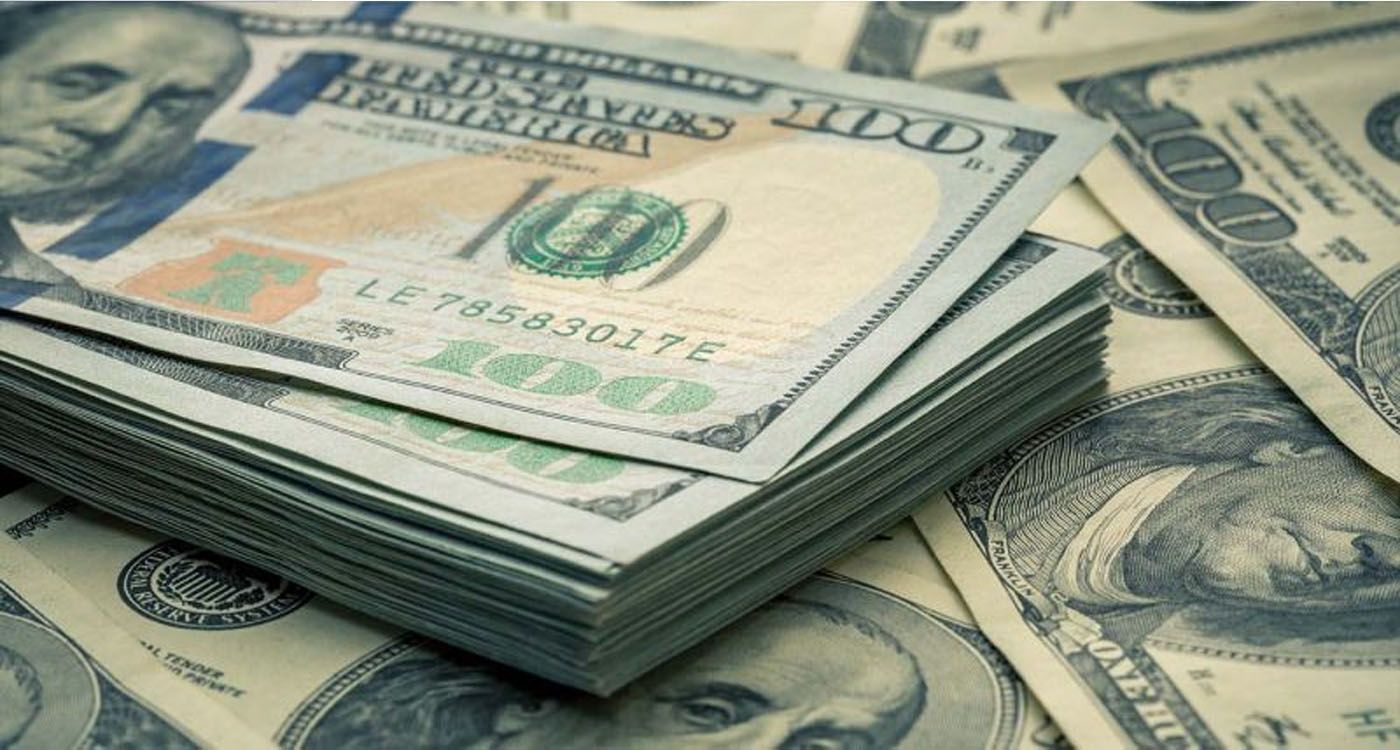
Since January 2025, the US dollar has fallen more than 10% against major global currencies, its steepest decline in half a century. Political uncertainty, trade tensions and mounting pressure on the Federal Reserve have rattled the greenback, which could upend the global economic order.
The dollar has reigned as the undisputed king of currencies since World War Two, but 2025 began with a sharp decline. In just six months, it lost more than 10% of its value, reaching its weakest level since 1973, according to Morningstar. Erratic trade policies under Donald Trump, coupled with mounting tensions with the Federal Reserve, have left markets unsettled, strengthened rival currencies and fueled global speculation about a possible post-dollar era.
Why the Dollar Is Tumbling
Since returning to the White House, Trump has pursued a precarious economic strategy. He threatens tariffs on countries without trade agreements while sending mixed signals through public statements, unsettling investors.
Adding to the strain, Trump has openly criticized Federal Reserve Chair Jerome Powell, undermining the bank’s perceived independence. When a central bank loses credibility, capital flows seek safer ground. Investors are hedging rather than abandoning US assets, a so-called “run to hedge,” according to the Financial Times.
Winners and Losers
In the short term, the dollar’s decline brings both opportunities and challenges.
For the United States, it is a clear advantage. Exports become more competitive, boosting industry and employment, while foreign tourists benefit from cheaper trips compared with a city break in Paris.
In Europe, a stronger euro undermines competitiveness, making euro-priced goods more expensive on global markets.
For Americans, imports and overseas travel cost more, and repaying foreign-currency debts becomes increasingly difficult.
A Currency Battle Brewing
Beyond immediate effects, the dollar’s slide raises questions about the global monetary system. Some economists warn of a “currency war,” with countries deliberately weakening their currencies to stay competitive. Others point to an accelerating trend of de-dollarization led by the BRICS nations, which are increasingly conducting trade outside the US dollar.
In this climate, a traditional safe haven shines once more: gold. When currencies falter, precious metals provide stability and reassurance.
The dollar’s 10% decline is a seismic event. While it benefits US exporters, it unsettles global markets, strains European economies and reignites debate over the greenback’s dominance. The question is no longer just how much the dollar is worth, but how long it will keep its throne.




Comments